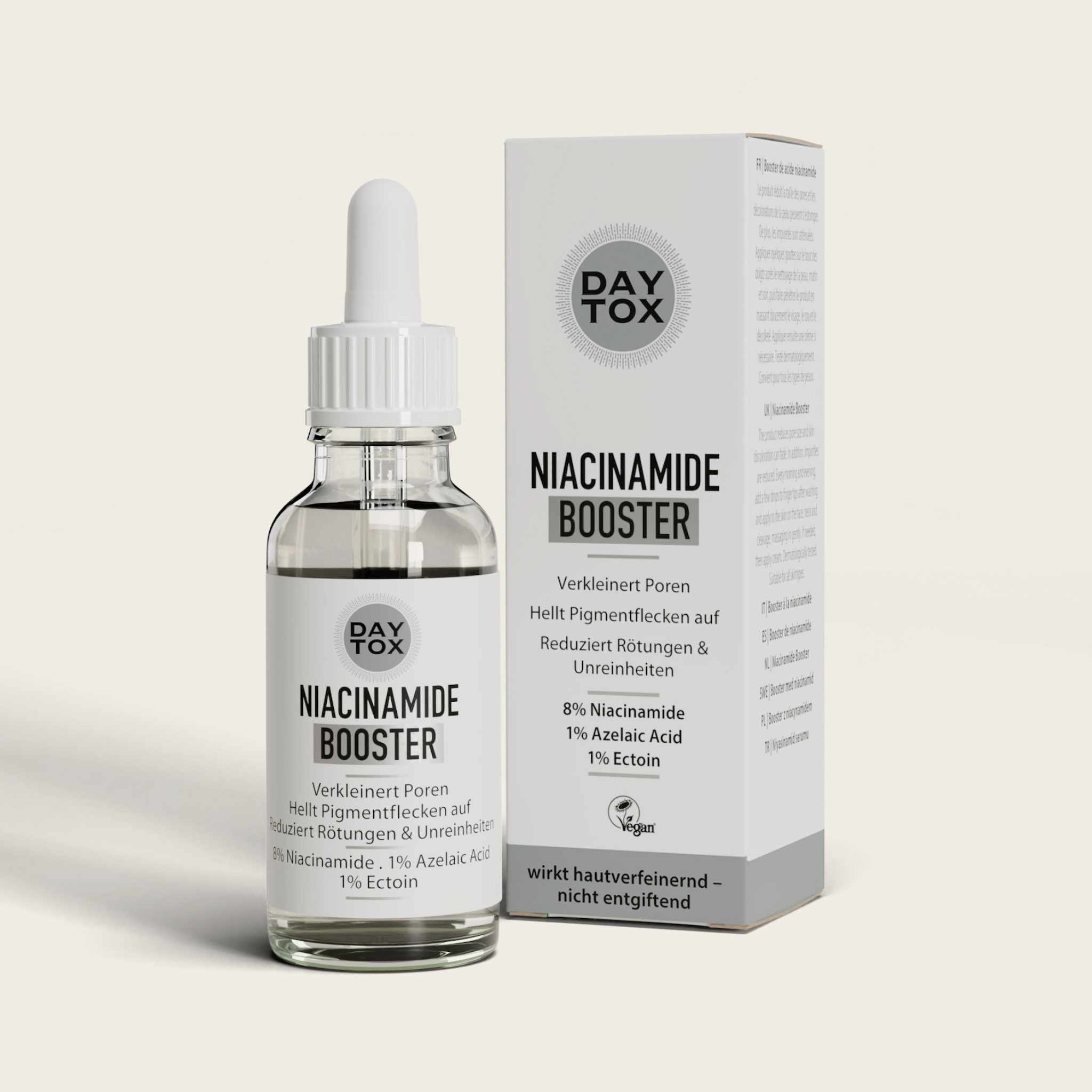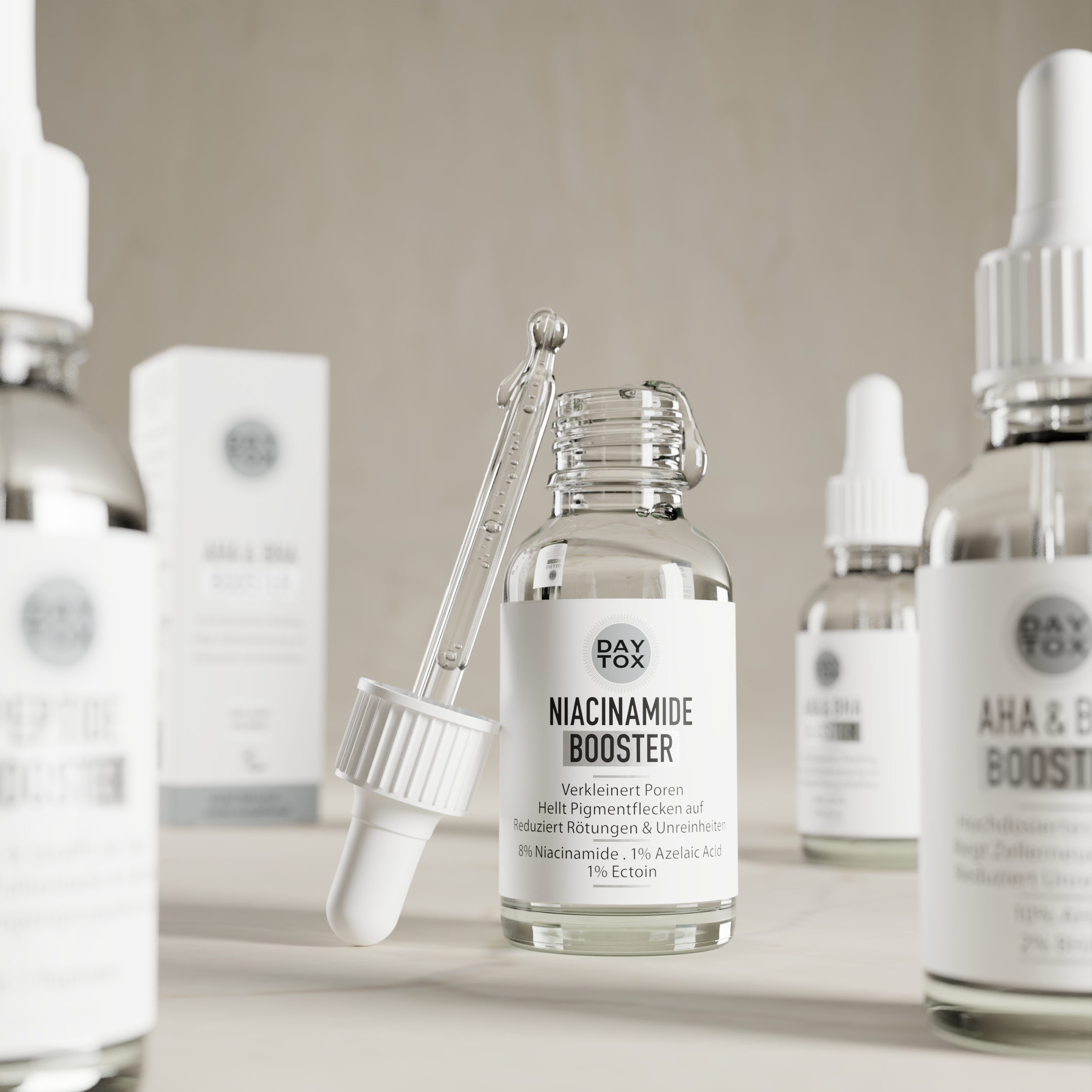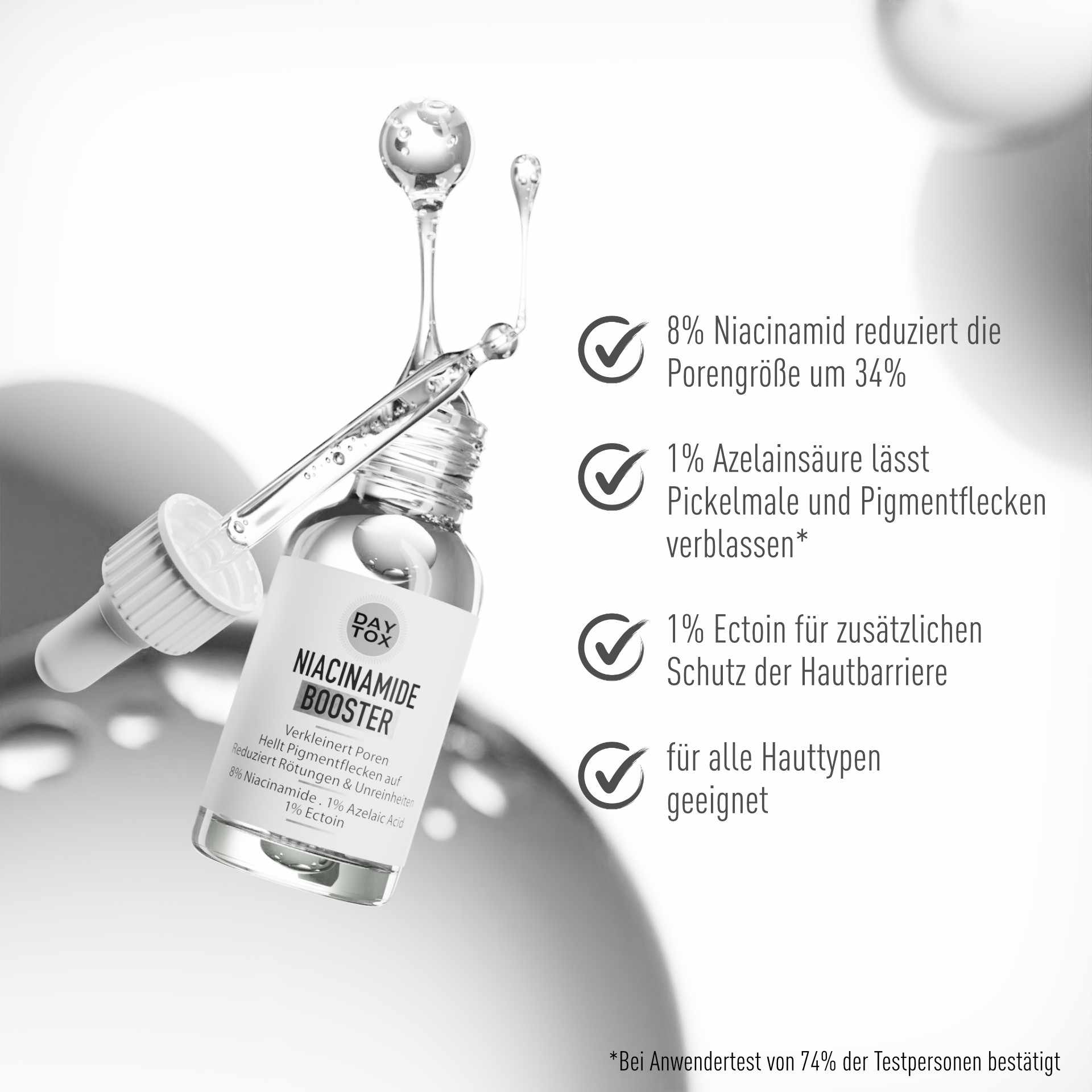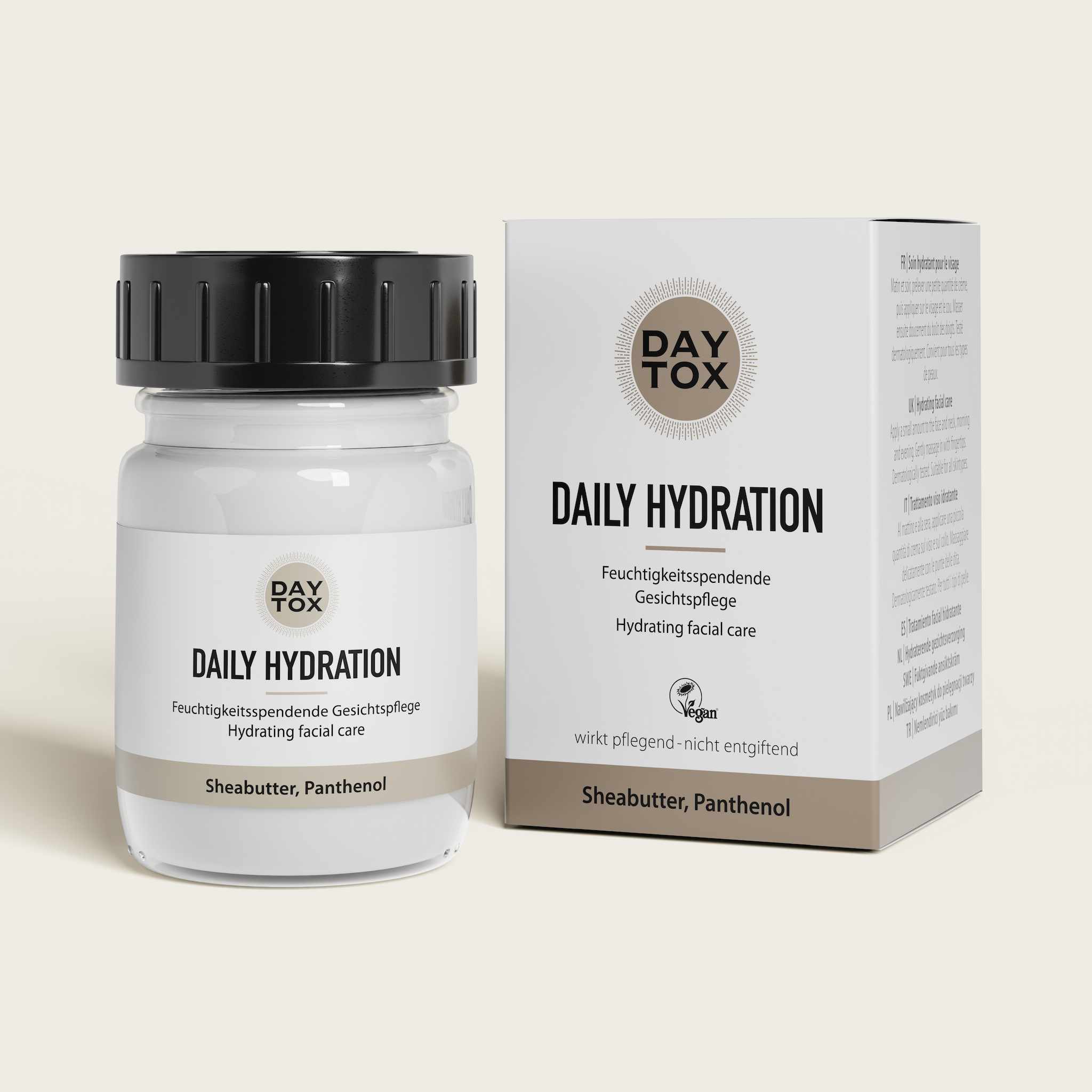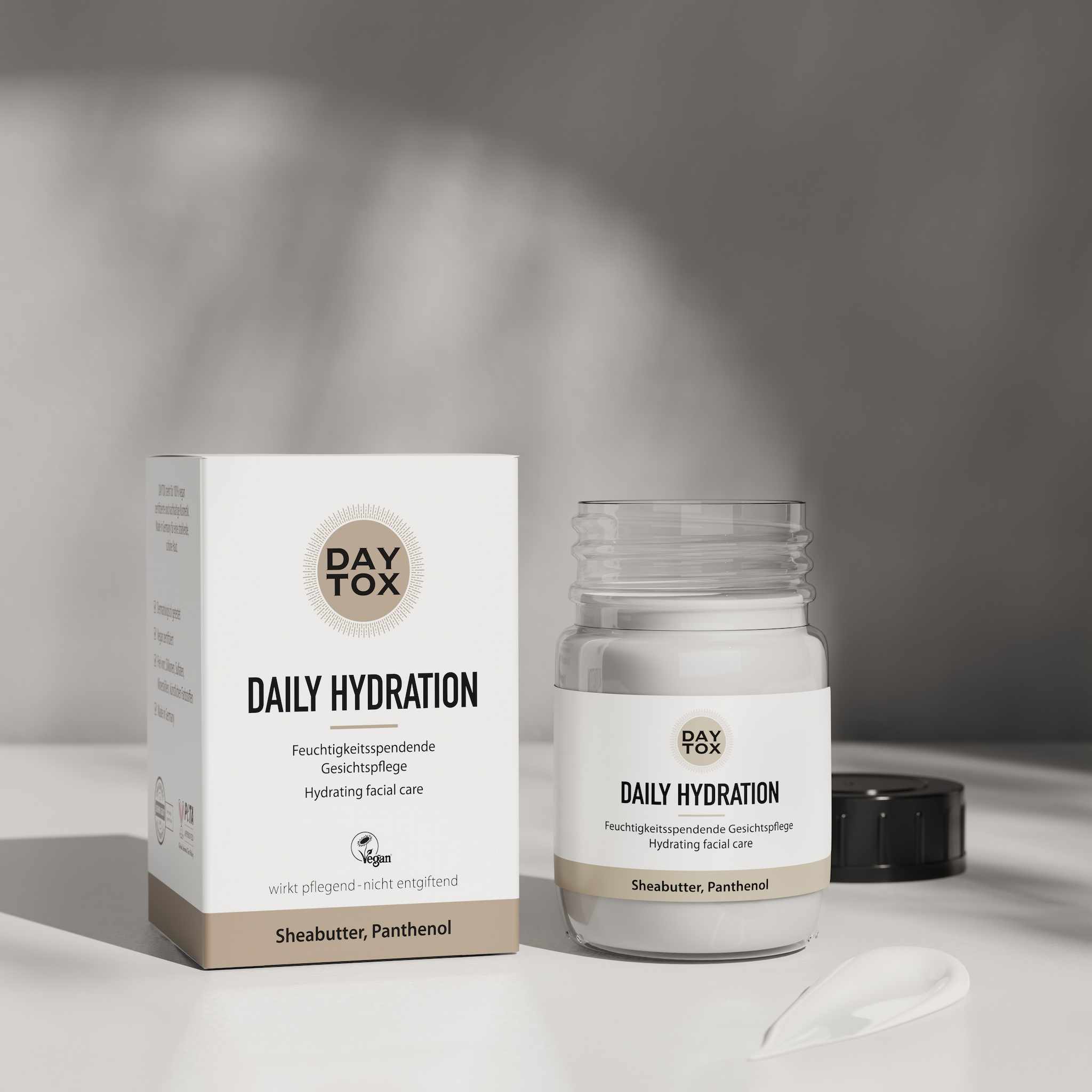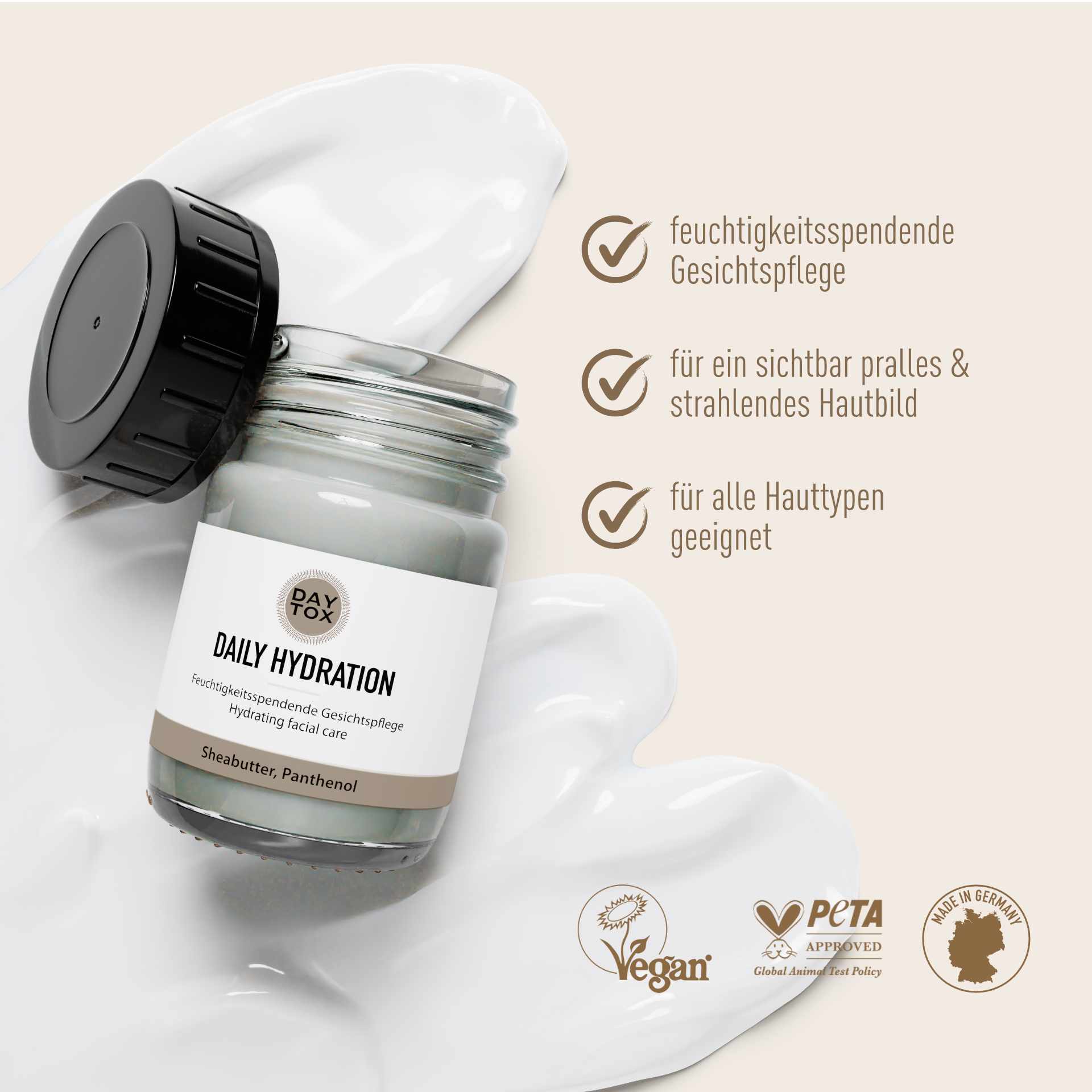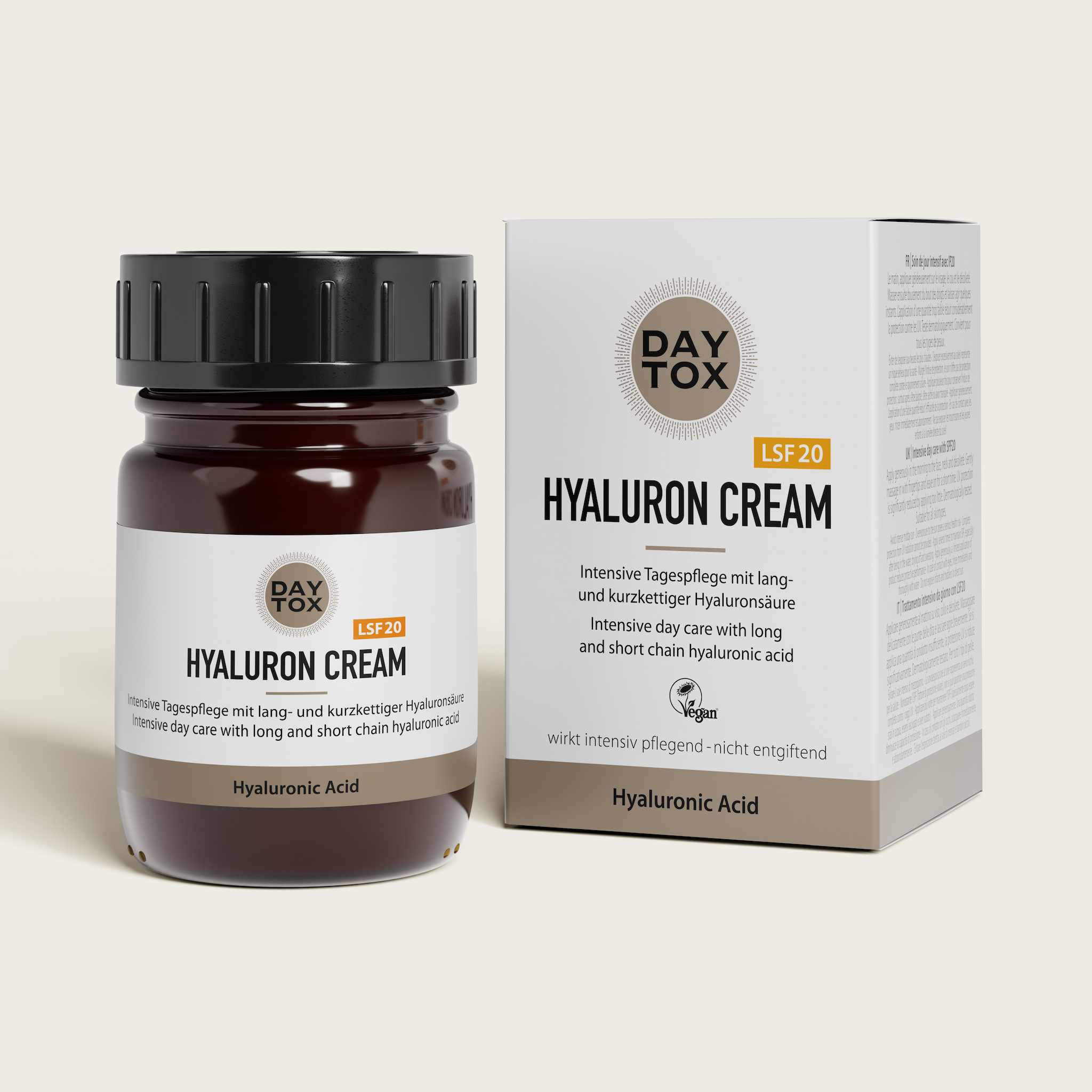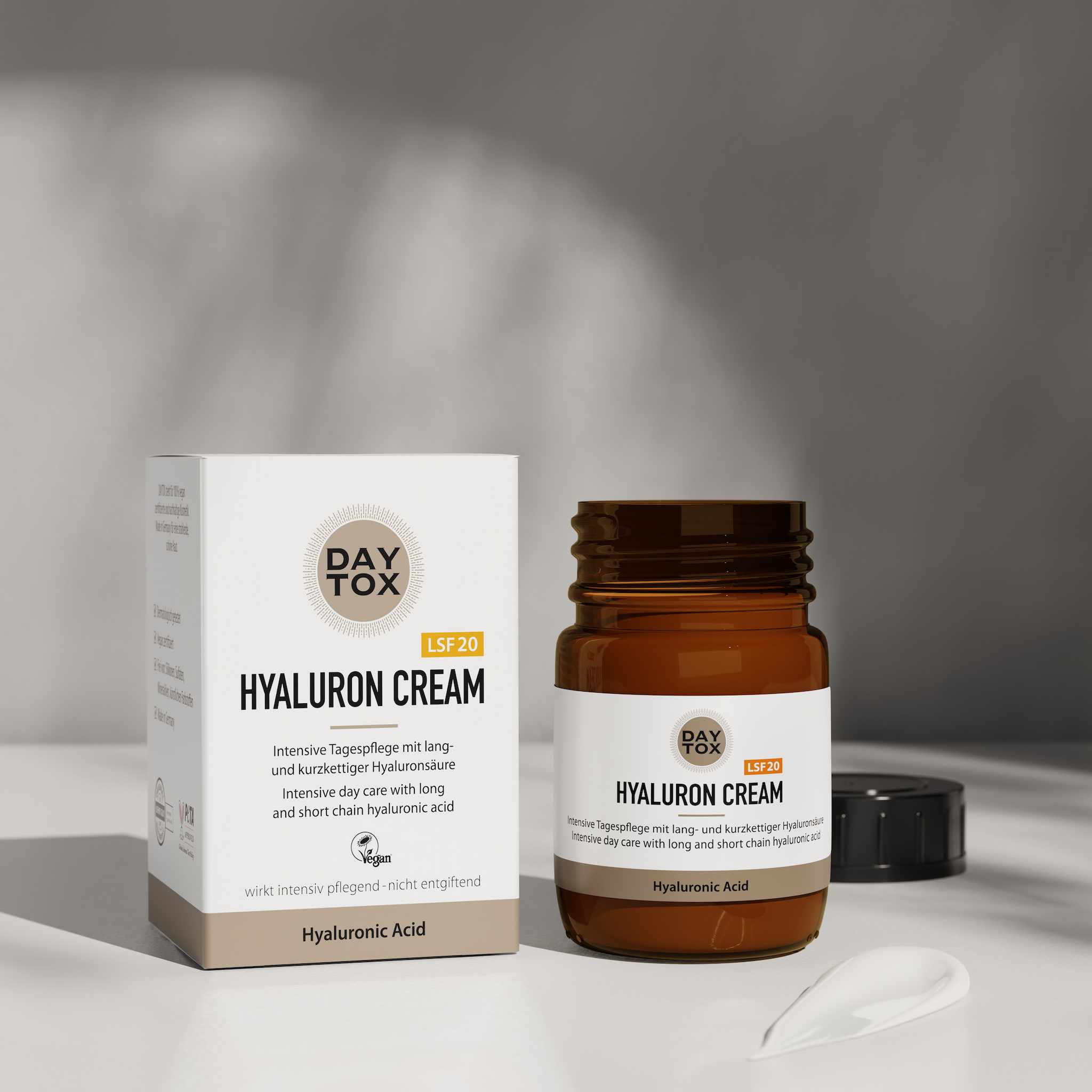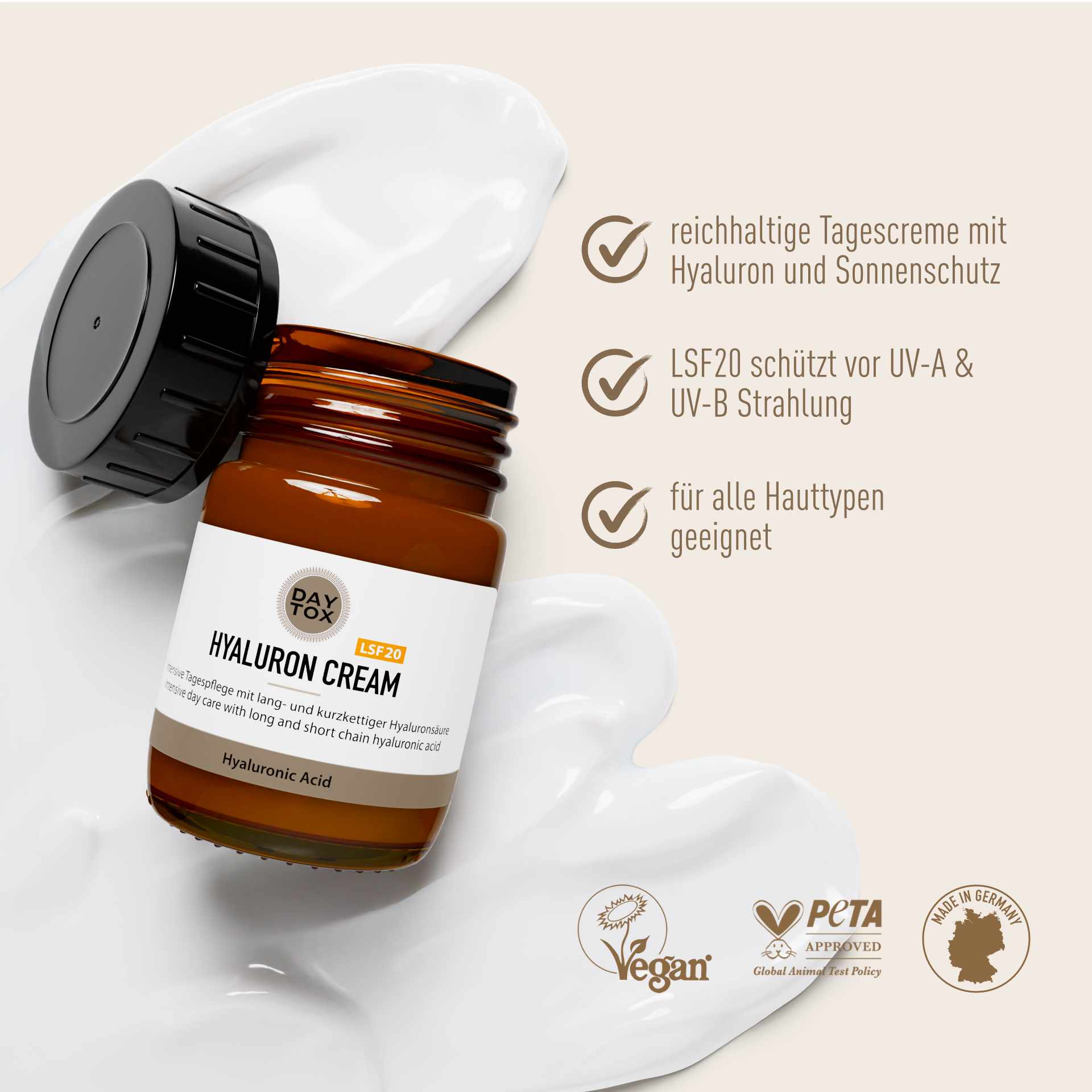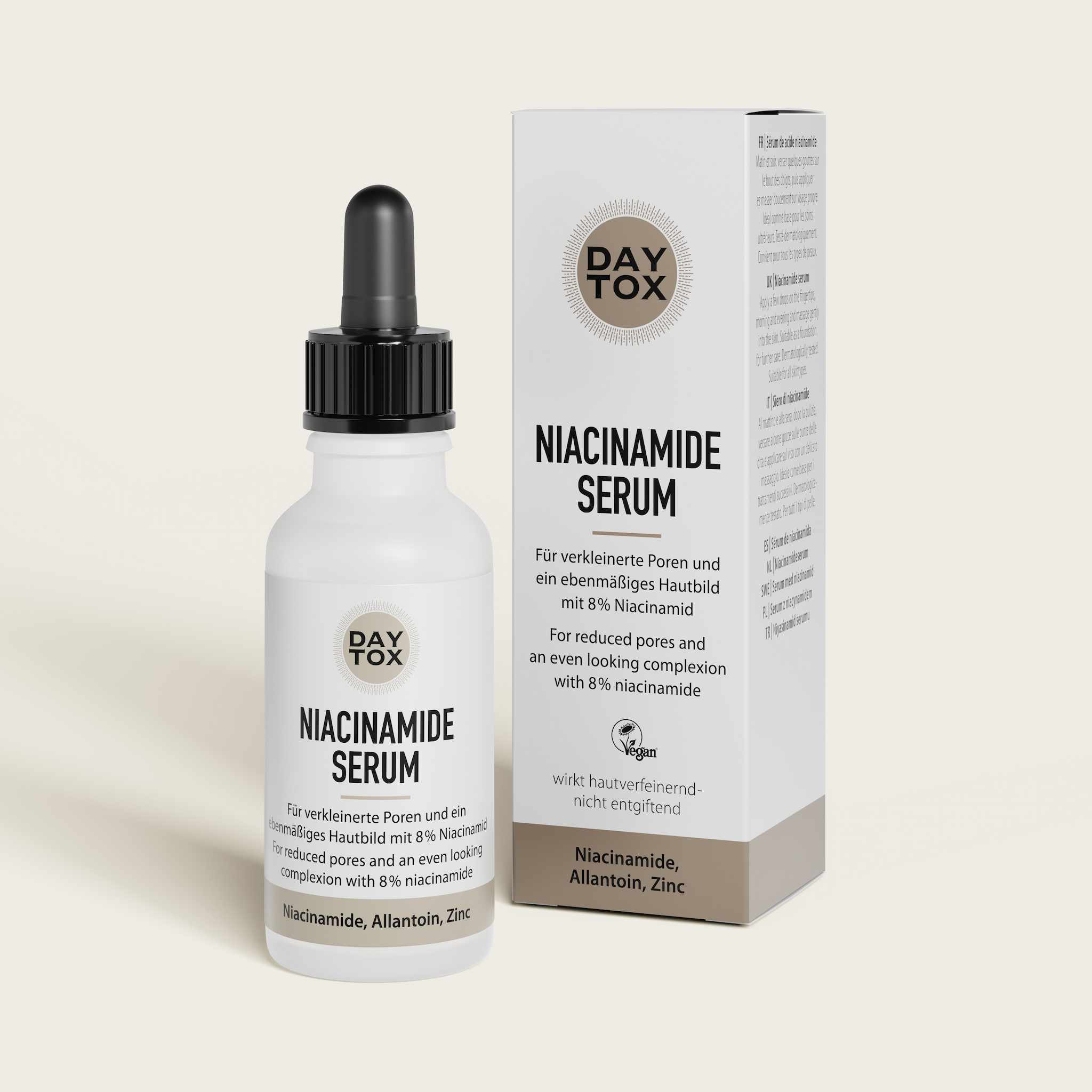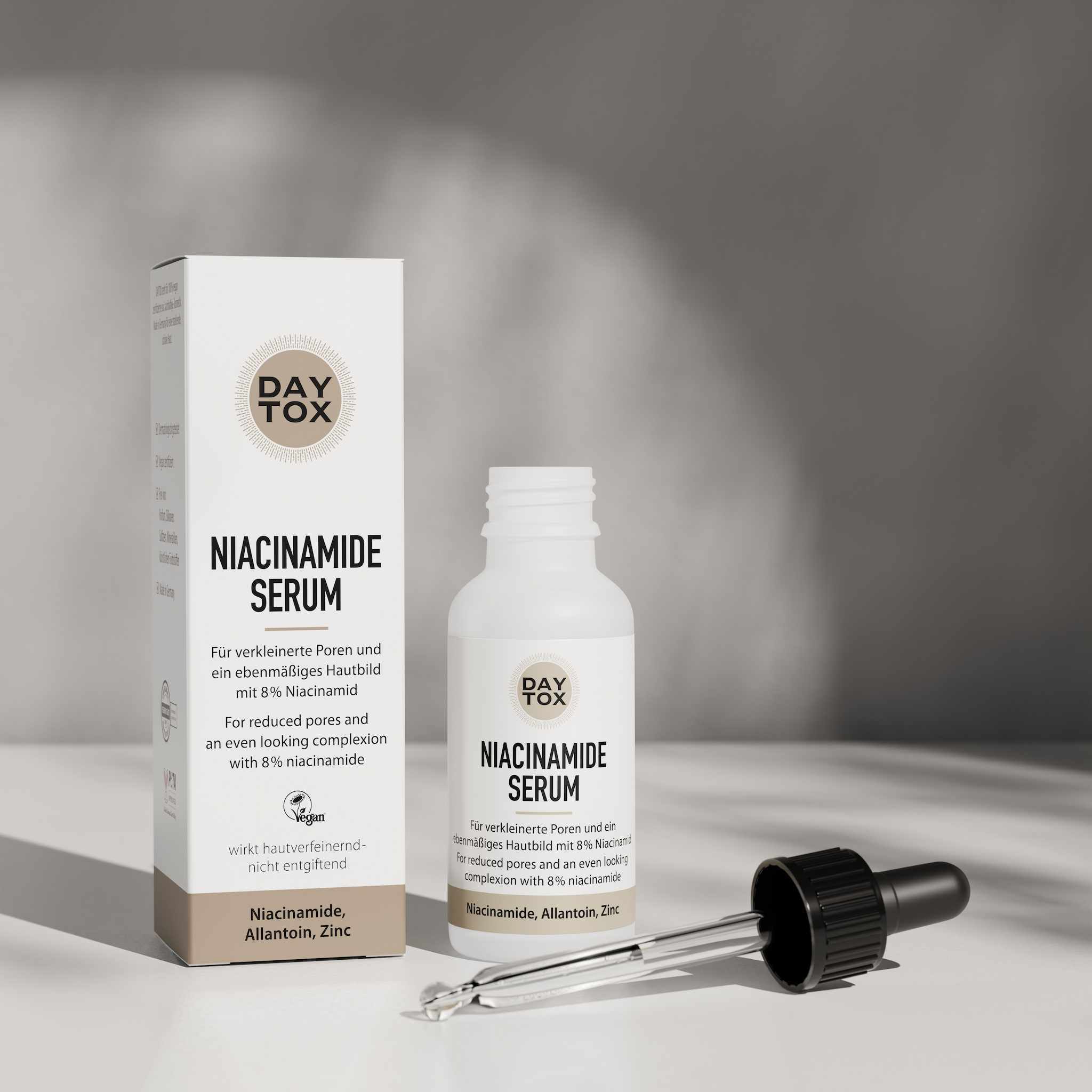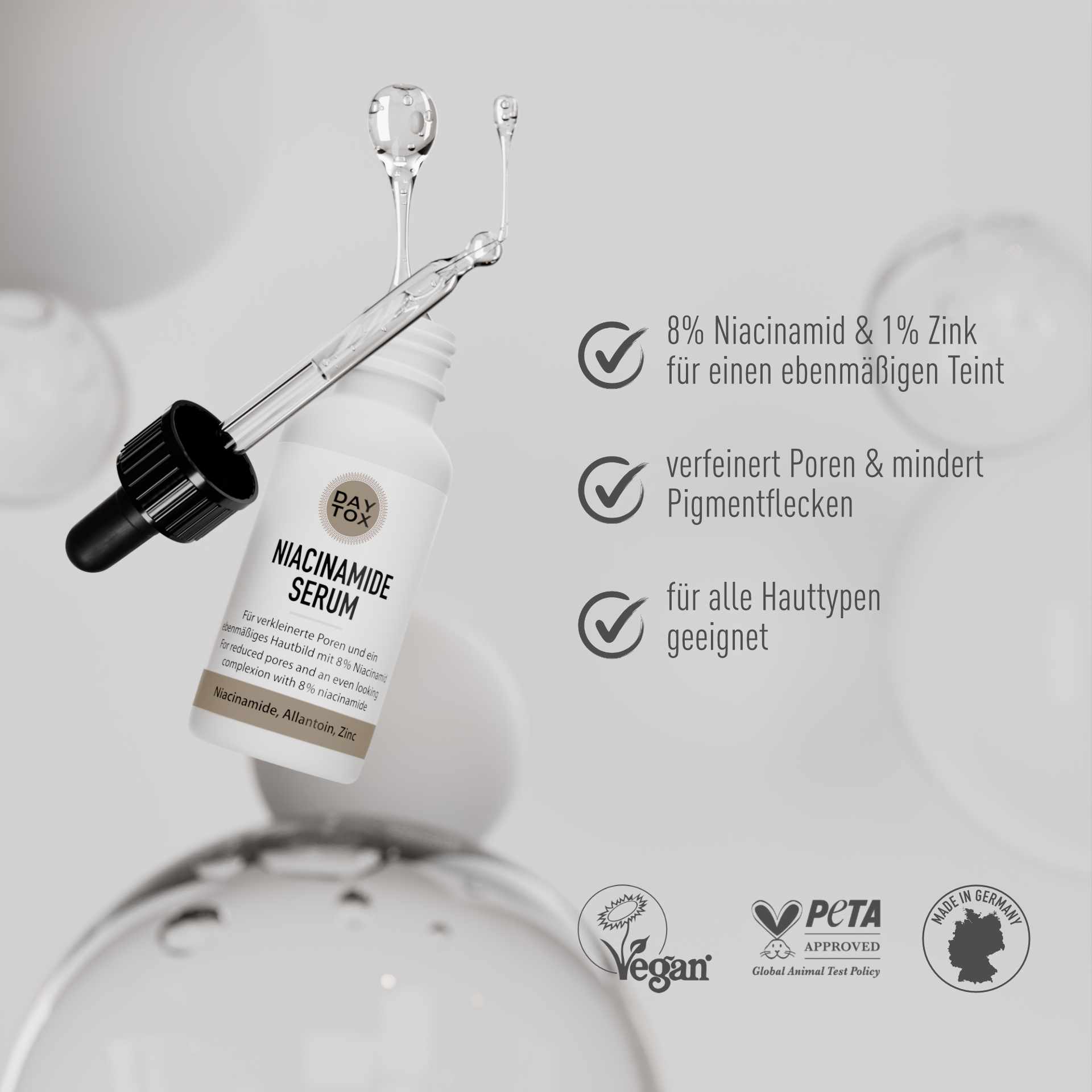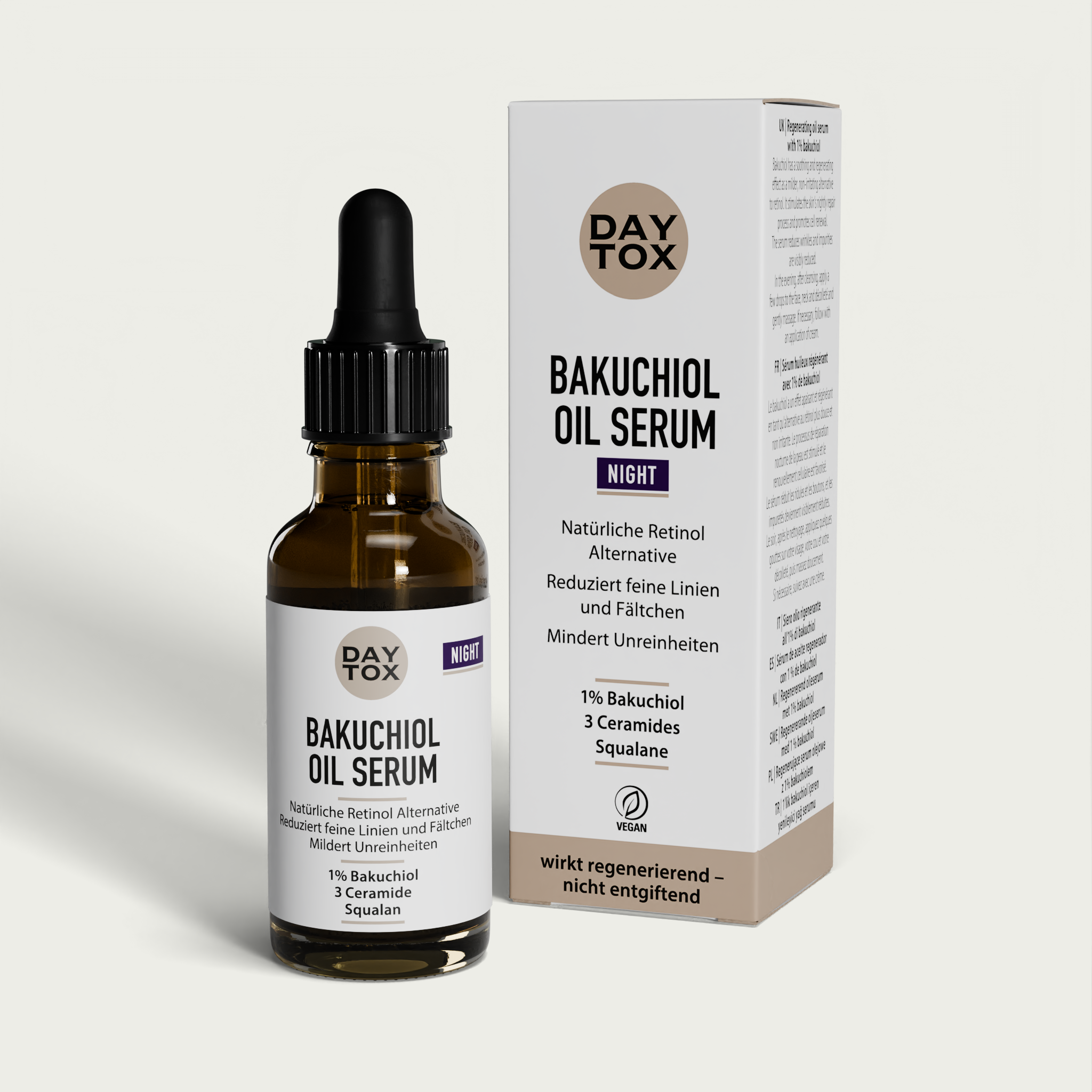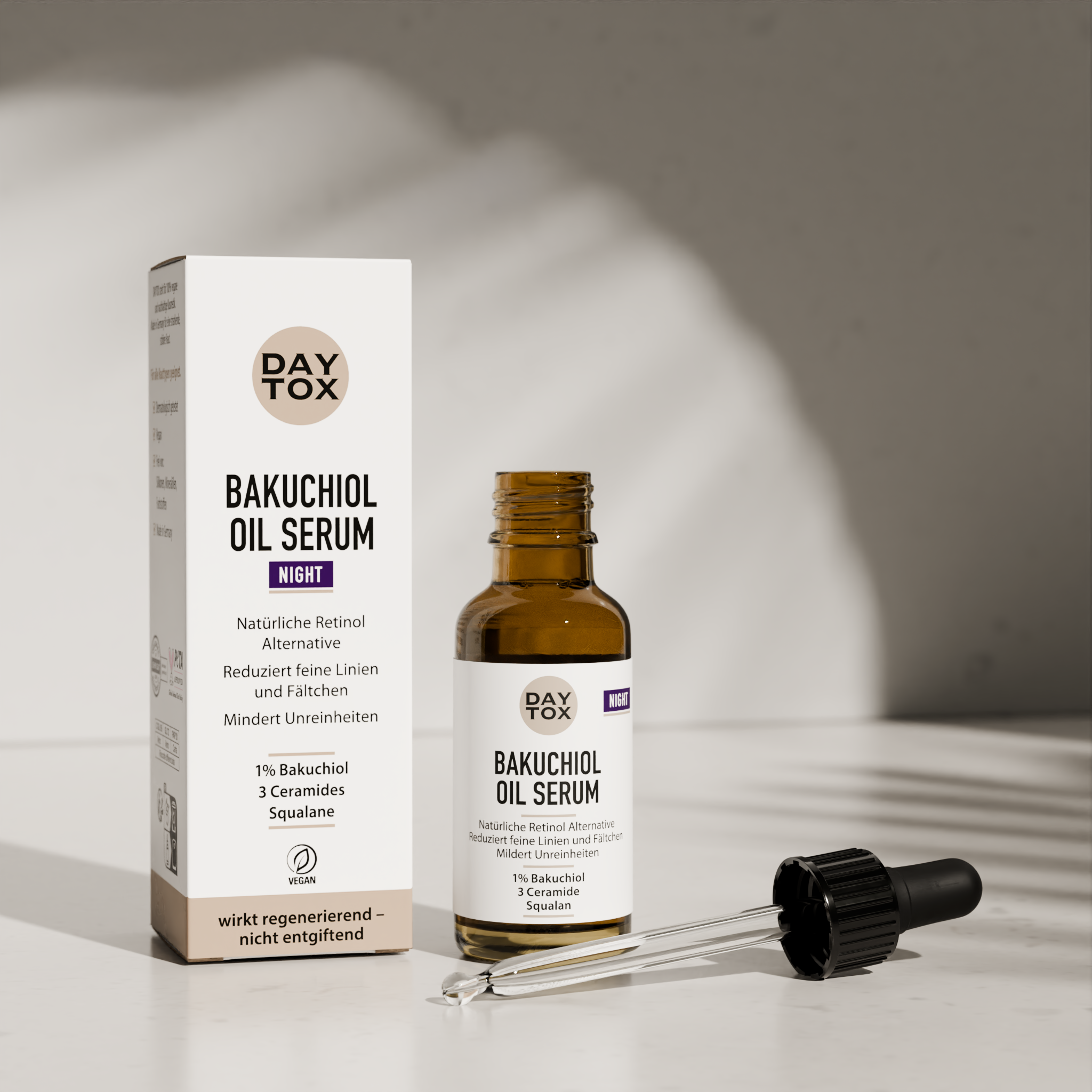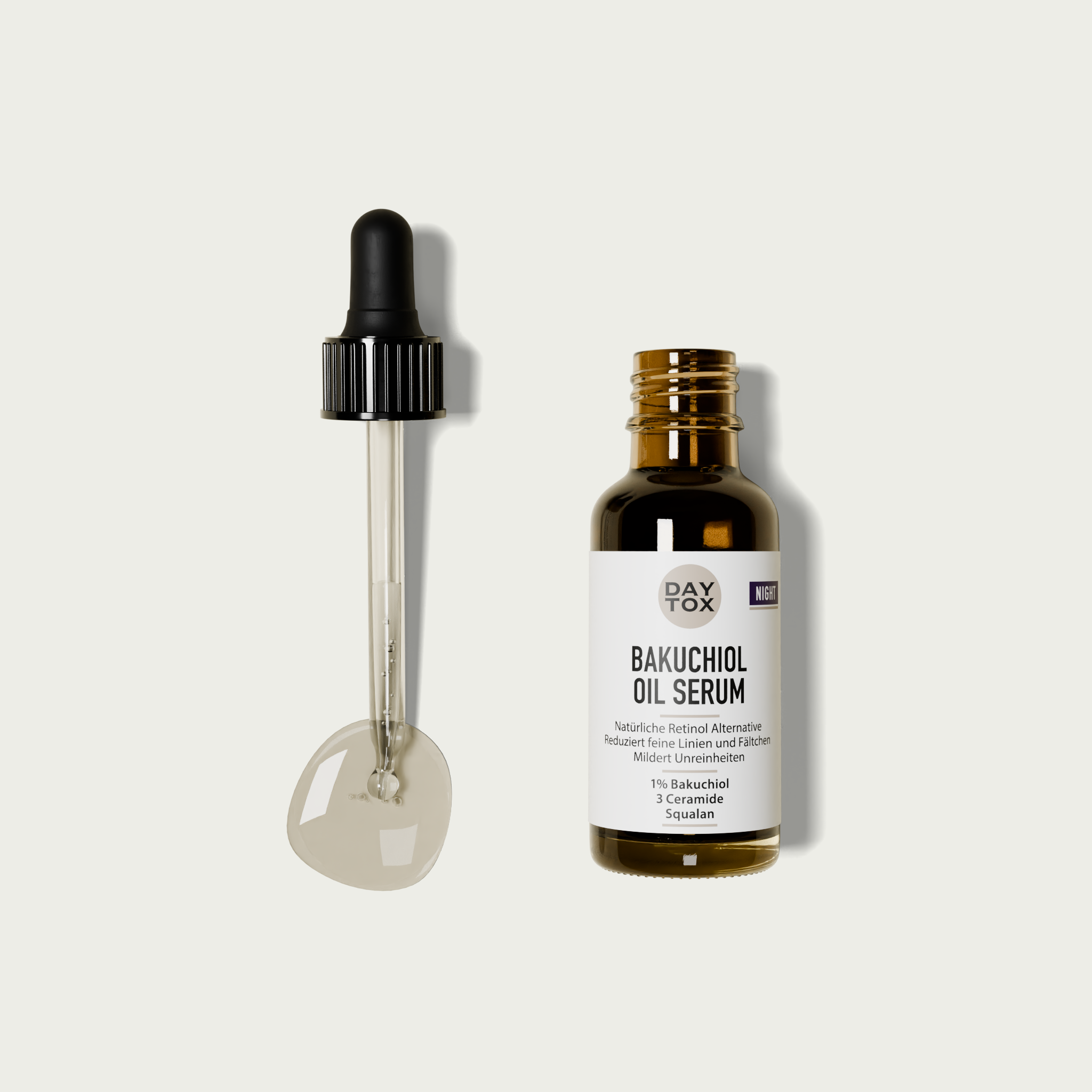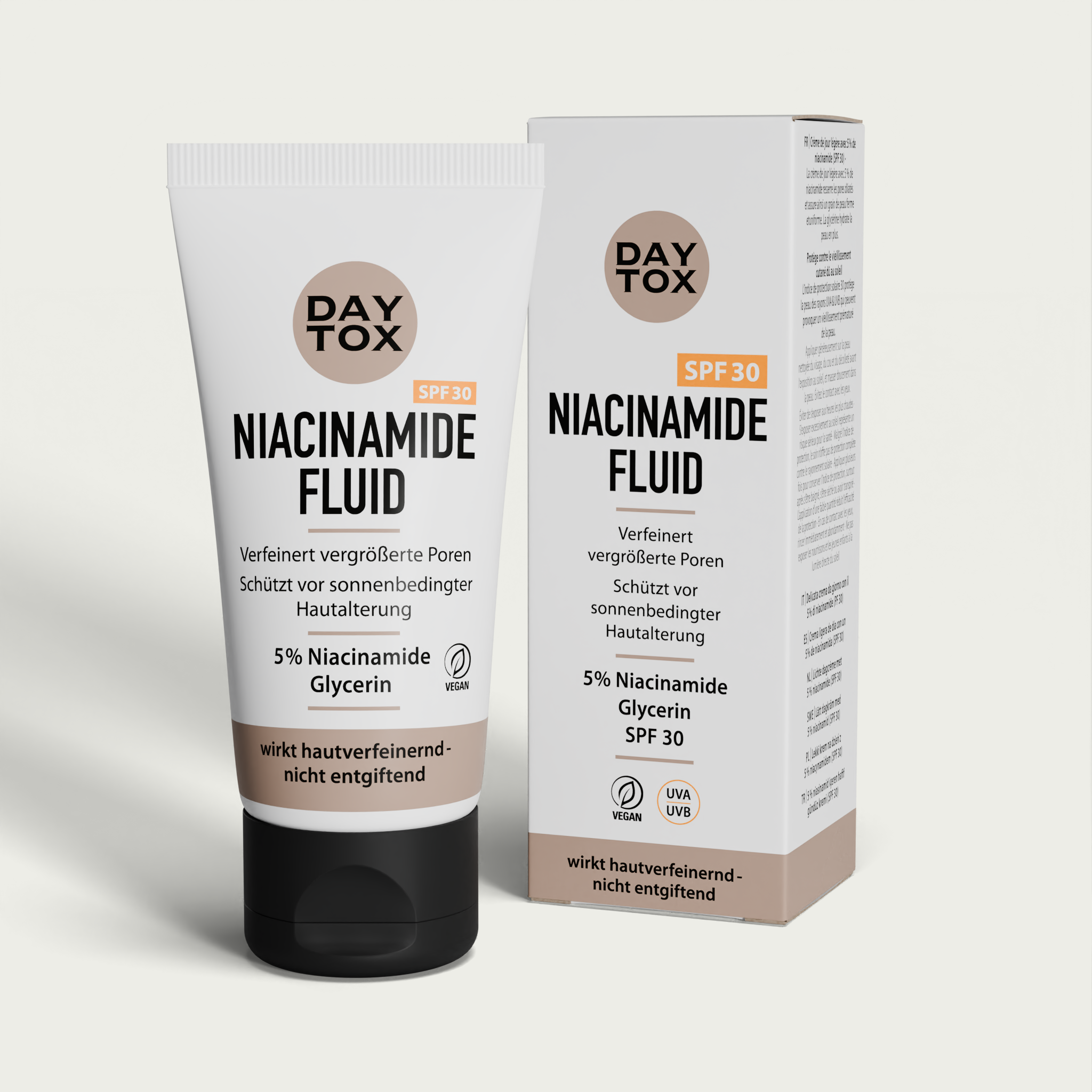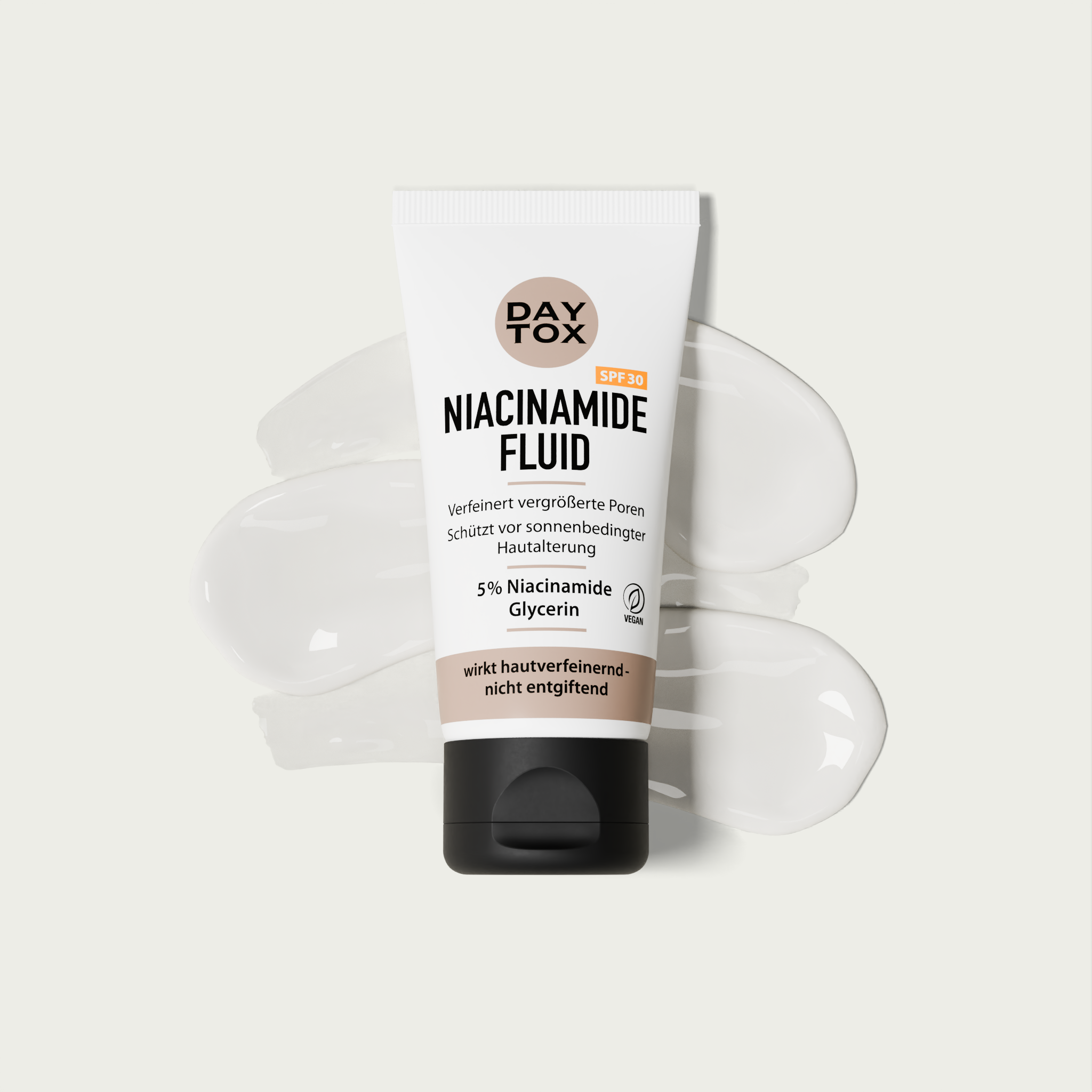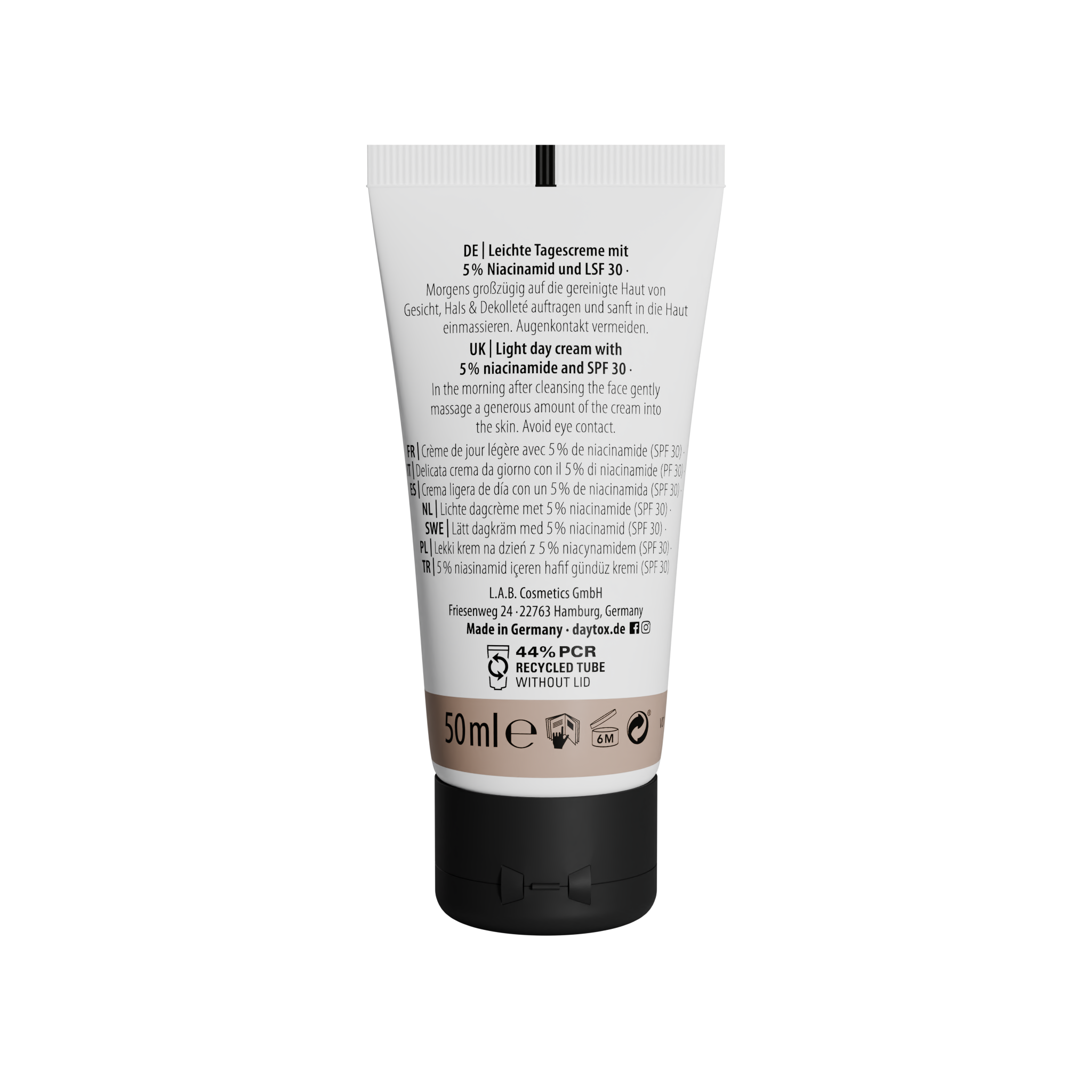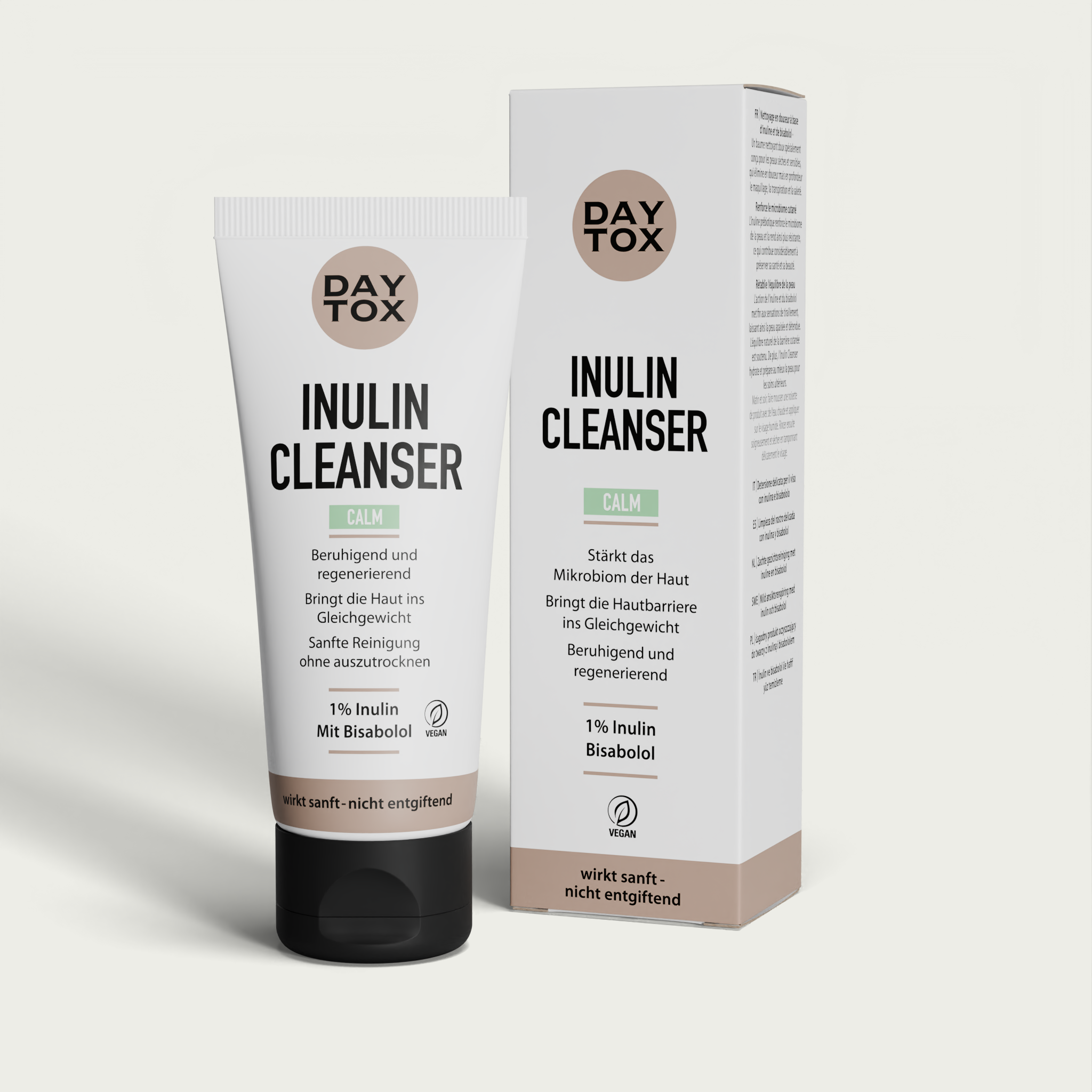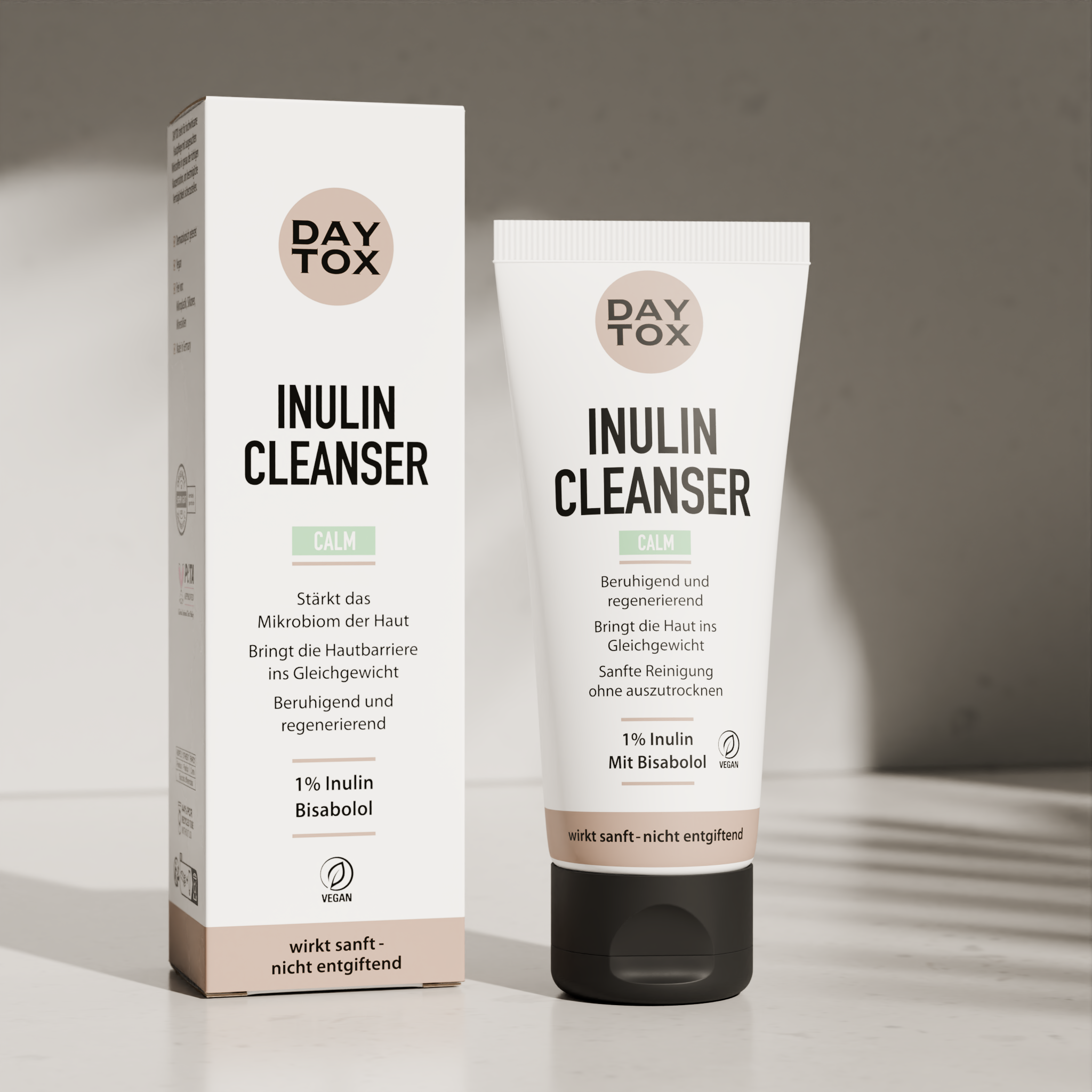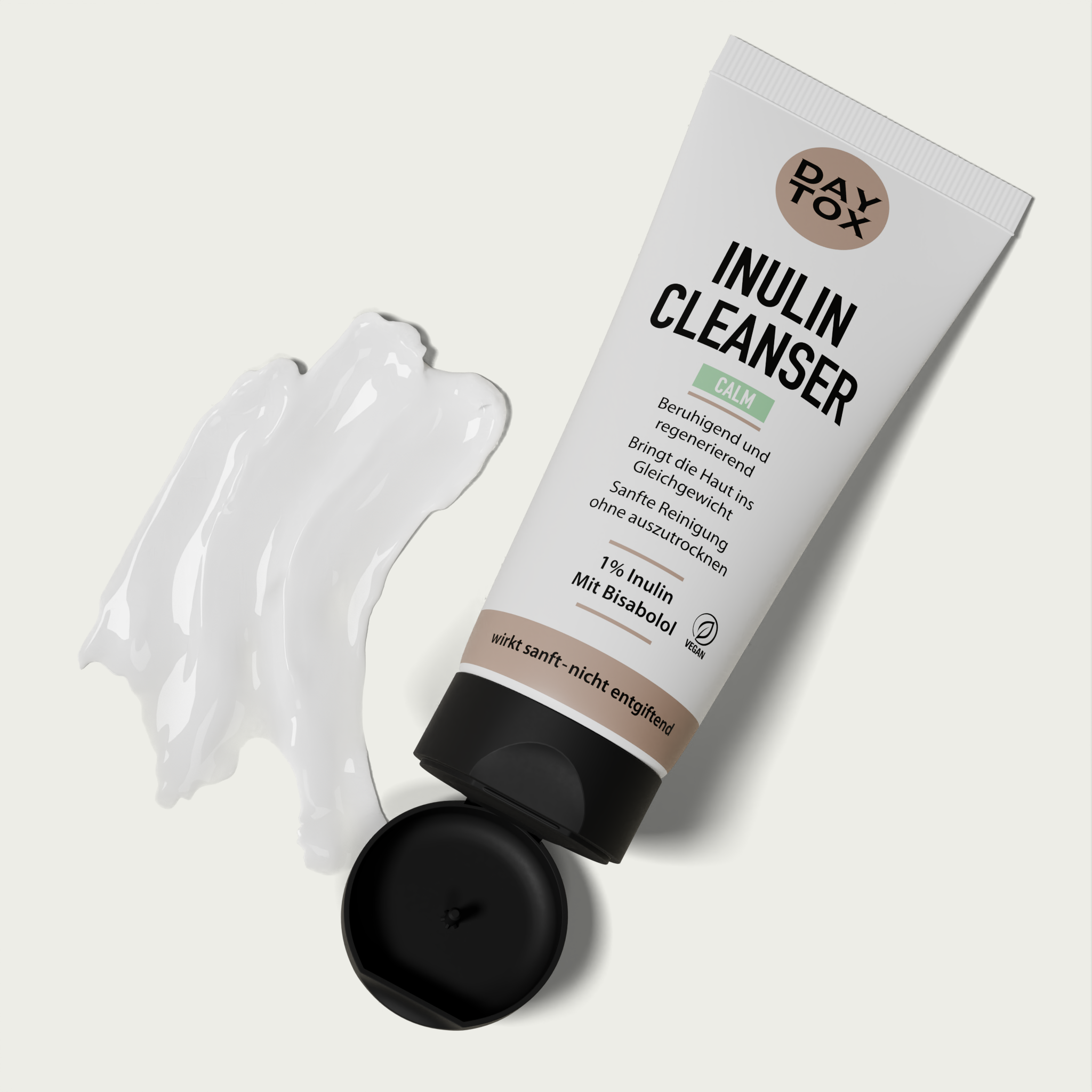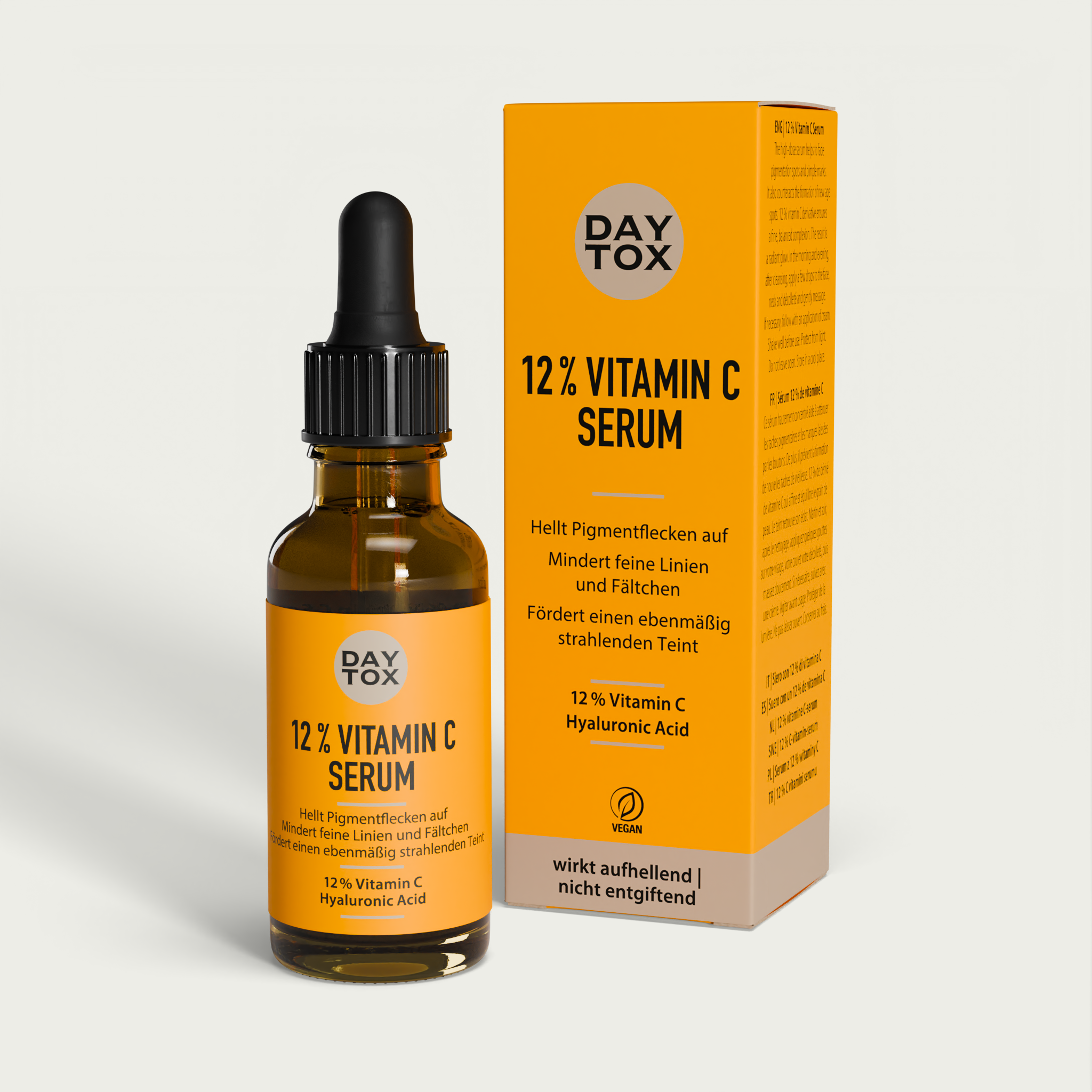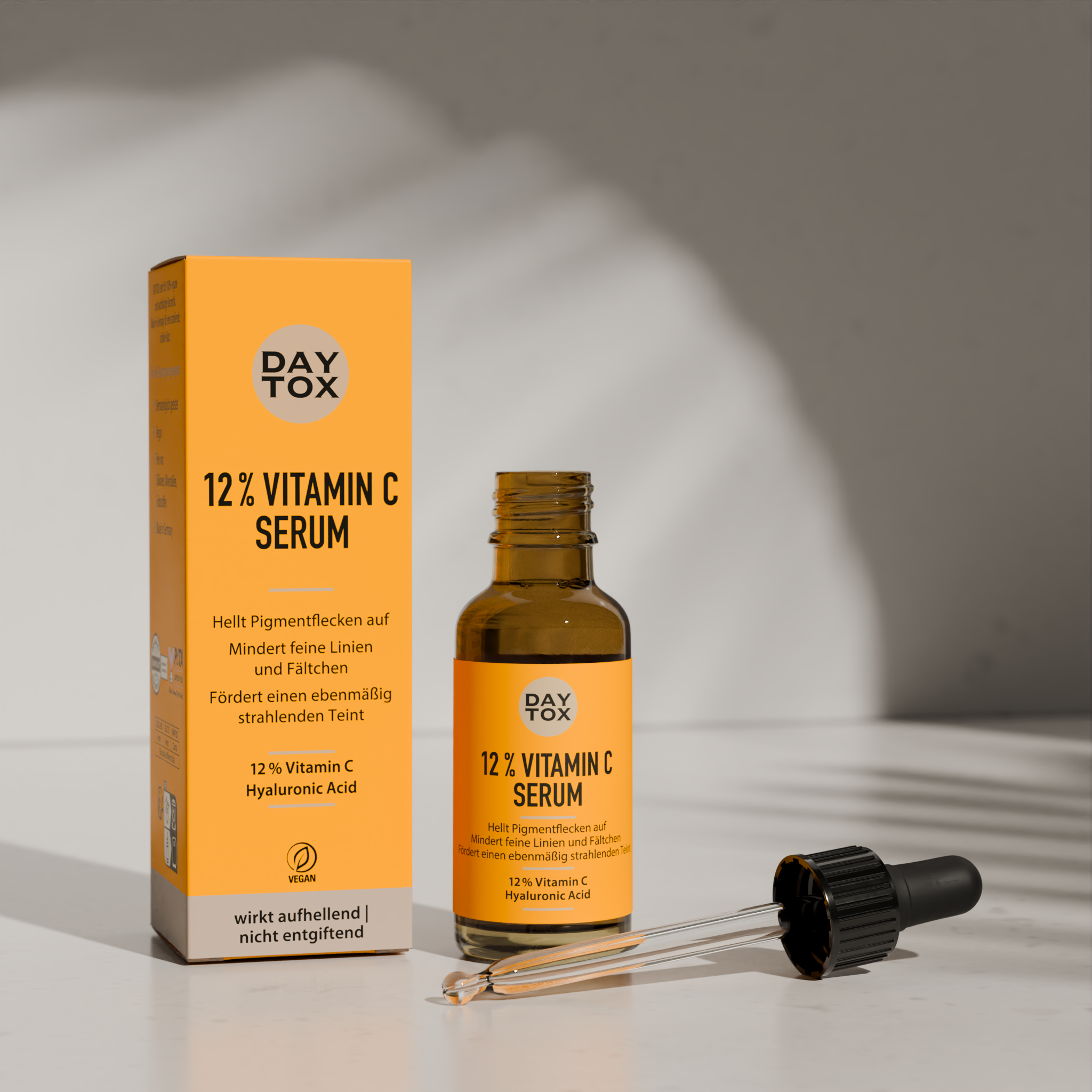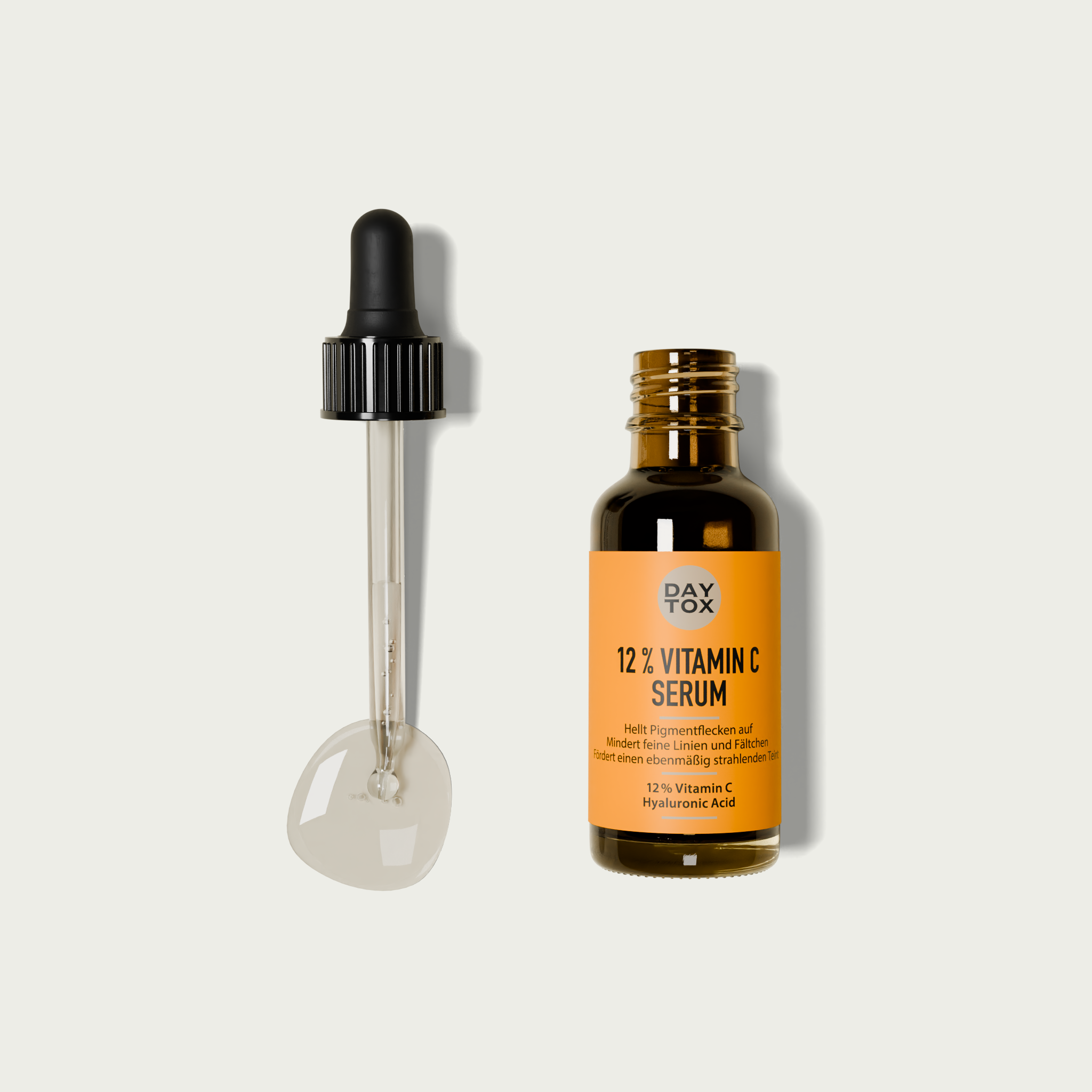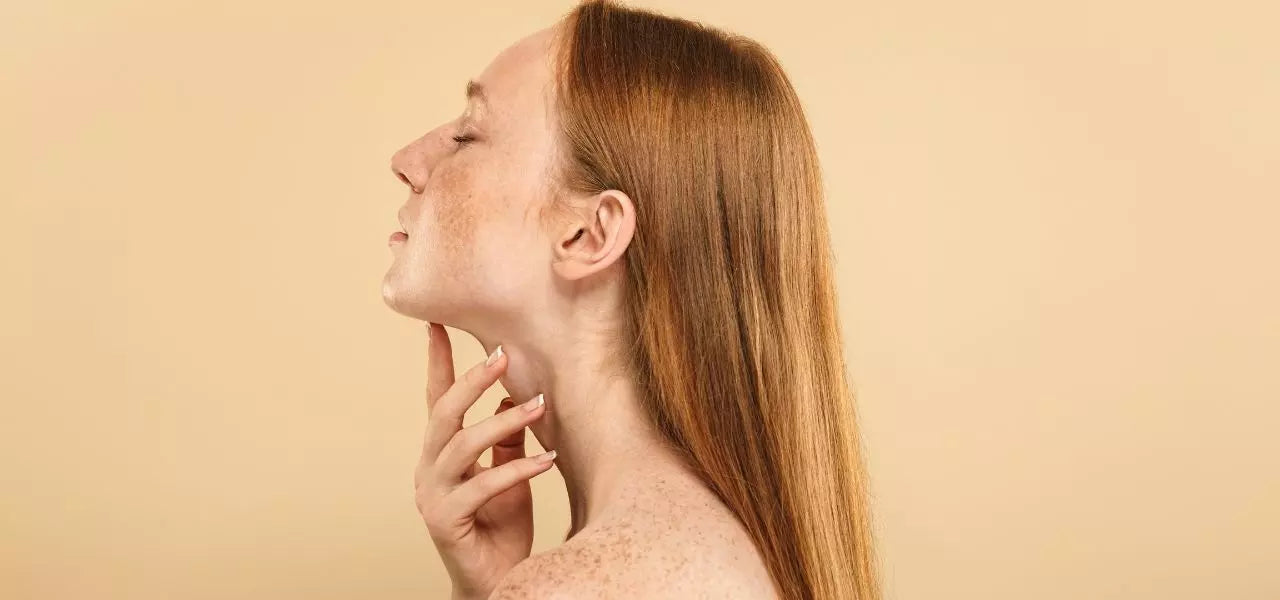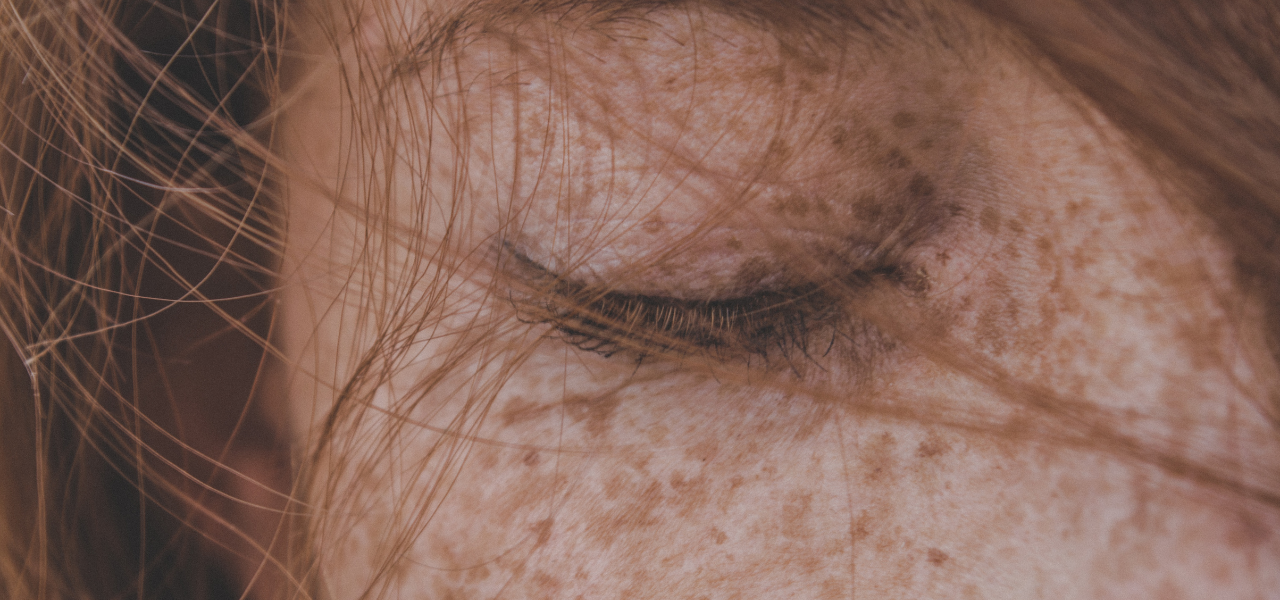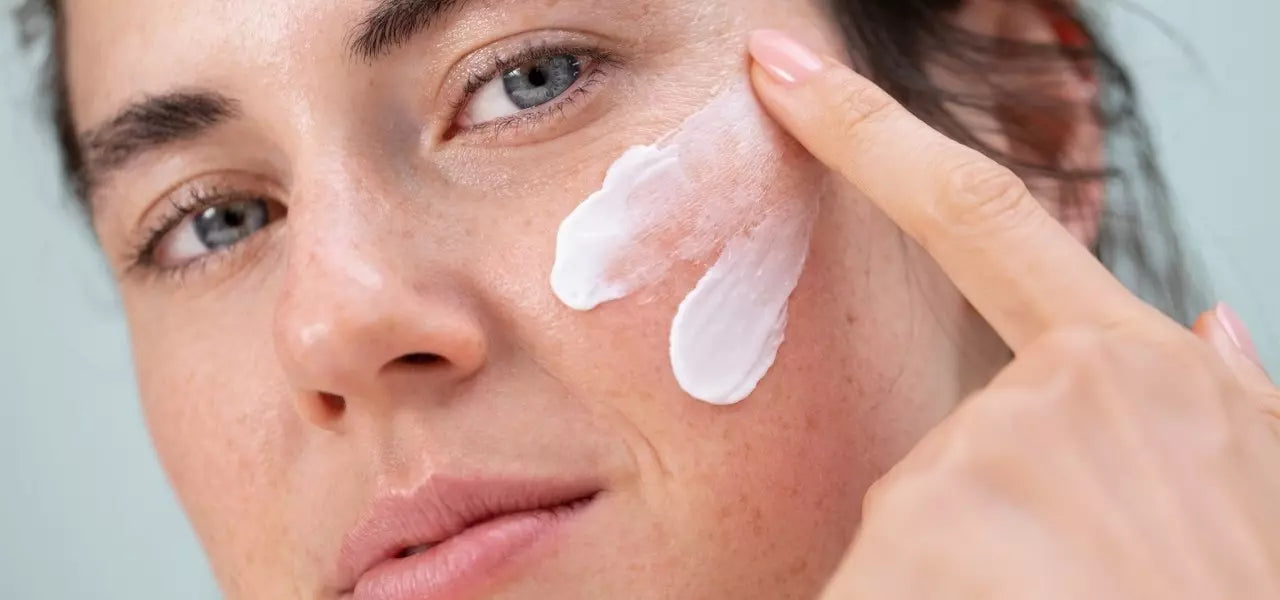Skin type: combination skin


How to recognize combination skin
It is typical of combination skin that some parts show symptoms of dry skin and other parts show symptoms of oily skin. Most often, the forehead, nose and chin (i.e. the T-zone) are shiny and oily, possibly even blemished, while the cheeks are dry, dull and scaly at the same time.
By the way: This apparently contradictory skin type is not that rare!
causes
Like oily or dry skin, combination skin is mostly genetic. Combination skin has more sebaceous glands in the T-zone, which produce more sebum than the skin needs to protect the skin barrier. The excess sebum causes the skin to become shiny and may even clog pores. Then there are blackheads and impurities in the affected areas.
In the cheek area, combination skin has correspondingly fewer sebaceous glands, so the skin has too little sebum (skin fat) to protect the skin barrier. The skin dries out, tightens and flakes.
But there are also other factors that can lead to combination skin, e.g. hormones, stress, diet or the wrong care. In this case you bring about the dry or oily parts yourself. Overly harsh or aggressive care products can dry out areas of the face while boosting oil production in other areas.
It is also assumed that the hormonal balance influences the production of sebum. For example, during puberty, after stopping the pill or just before menstruation, oily and impure skin areas on the face are more common.

what your skin needs
Our product recommendations for combination skin
